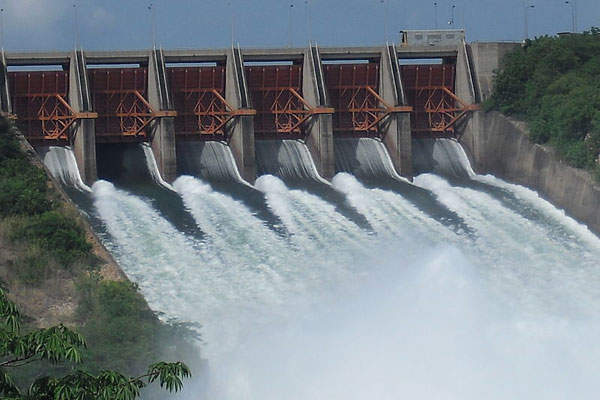What Is Live Storage Of A Dam
Corin dam is a water storage dam of australia which has a capacity of 19 9 10 9 gal.
What is live storage of a dam. First date of overflow this season. Data as on 28 sep. The capacity volume or storage of a reservoir is usually divided into distinguishable areas. The dam which is at a level of 111 37 metres as on tuesday of live storage has a dead storage of one million acre feet 1 maf.
Who owns the data. While the dams vary in size they all rely entirely on rainfall to replenish. The fine folks at watercare have excellent real time data on their water storage lakes but i wanted to see all of the water levels at the same time on the same page so i made this website. The reservoir is 1 of 4 that provides drinking water to pune city.
To prevent the over topping of the dam during peak floods a sufficient margin water level in the reservoir and top of the dam. A 10th dam hays creek dam in papakura will be reconnected to the network in summer 2020 21. Singh said the live storage of the dam will last till about the end of february after which the ssnnl has allowed us to use the dead storage water which will enable villages and towns to receive their drinking water. I get the data from the watercare website.
At 100 of its live capacity of 301 610 million litres compared to 100 at the same time last year. The auckland region is still feeling the effects of a severe drought which took hold in 2019 and saw our total water storage all our dams combined drop to the mid 40 per cent mark. To the still of lowest sluice. 301 610 million litres प नश त panshet dam.
Dams create reservoirs that supply water for uses including industrial municipal and agricultural. In other words the volume of water that cannot be released from a dam unless the dam wall bursts. Dam dead storage is the volume of water which is below the level of the spillway or other outlet. Where do you get the data from.
Live storage it is the difference between gross storage and dead storage it is amount of water available from the f r l. Water captured during the wet season can be stored for use during the dry season.














































